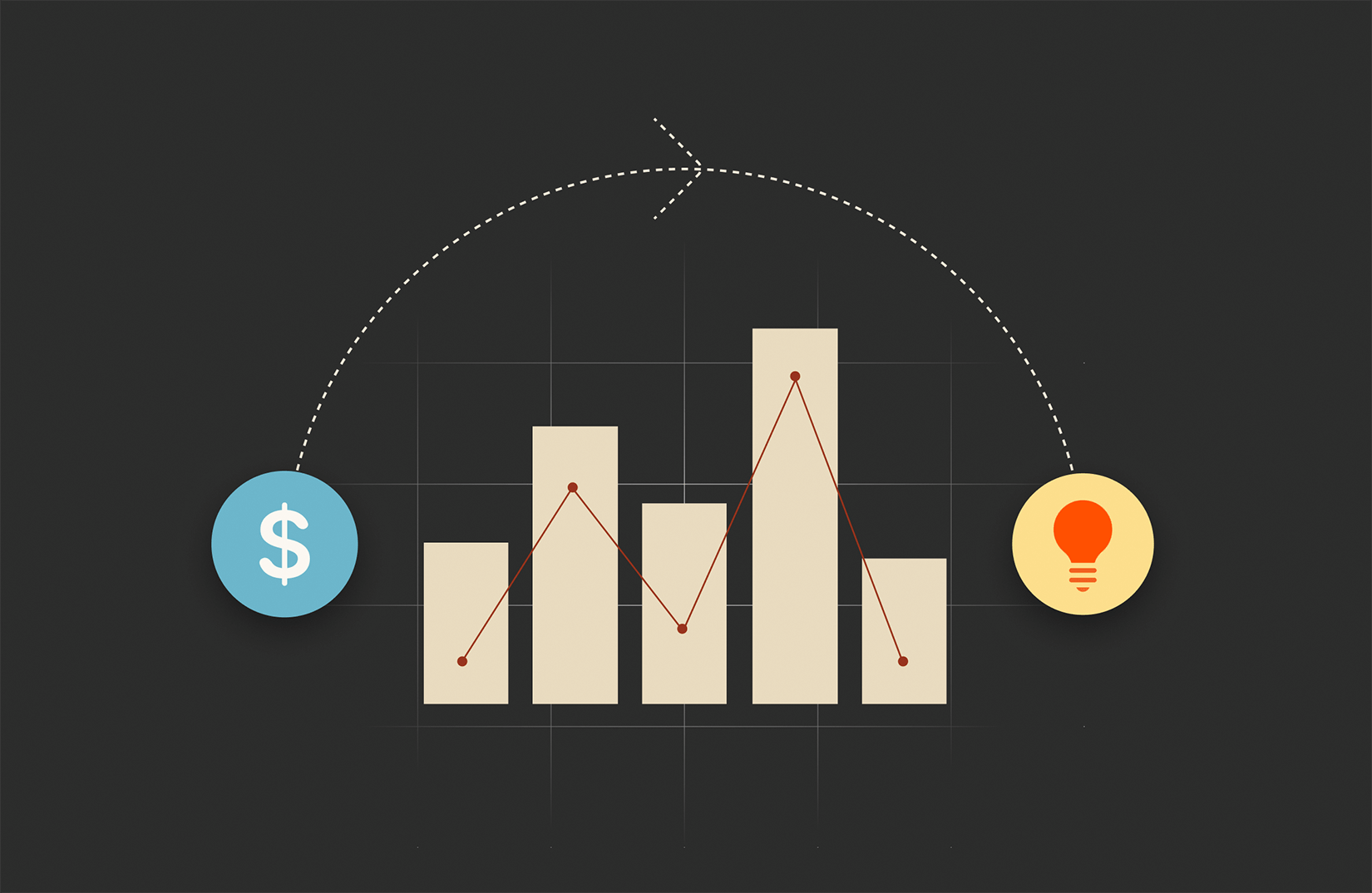We all know about the data deluge. But now AI has thrown that deluge for a loop: asking all companies not just to do more with less but to do more with less money—i.e., more efficiently.
Between AI, increasing and increasingly unexpected cloud storage costs, and net-zero demands, it’s all coming together in a perfect storm that’s requiring enterprises to streamline inefficiencies and strategically redirect savings into future-forward investments.
The big questions:
- How do we navigate this flood?
- How do we conserve the energy required to accommodate this growth?
- How do we control costs associated with all this data?
Let’s have a look.
How Data Directly Impacts Earnings
Though data (i.e., information processed and stored electronically) has been around for more than 70 years, the AI era demands that we do more than ensure its security and privacy. It’s increasingly clear that enterprises need to prioritize cost-cutting. Businesses worldwide should take note, especially those in heavily regulated, data-dependent sectors like financial services.
Data growth has practically outstripped the methods available to predict its size or storage costs. Moore’s law may still be alive, but that doesn’t mean more storage is better—because you also have to think about costs and TCO, not to mention value.
81% of IT leaders believe that AI-generated data is likely to outgrow their organization’s current data centers.
A staggering amount of data still goes unused. For example, the average smartphone camera has thousands of photos most people will never look at—or delete. Or consider the average smartphone user’s many apps, each with its own set of data. Now, scale up that data to the size of a financial institution. Even with optimized cloud and hybrid-cloud storage solutions, it still needs to store this data somewhere, which takes up space and resources.
So how do you process these constant new data streams cost-effectively and without waste? More importantly, how do you ensure you don’t continue to invest in optimizing worthless data, diverting spend from mission-critical data and innovation? How much energy and resources are you using to keep that useless data available?

The Innovation Race
Reducing Risk and Navigating the AI Frontier for Future Success
How to Cost-optimize Your Data
A business needs to keep up with and maintain control over its data economics to adopt new paradigms for procuring storage, provisioning, staying current, and enabling economic agility. Organizations need clear cost-optimization strategies, such as all-flash storage, and things like non-disruptive upgrades.
However, many organizations don’t adopt these solutions due to misconceptions surrounding storage costs: That it is a legacy “Price x Quantity x Asset” expenditure, or that public cloud is the best option because it’s more agile, protected, and inexpensive.
In reality, about half the cost of storage is hardware. You also need to consider uplift prices around space, software, cooling, power, and management, and then factor in the true money-saving value of a consistent storage platform.
Companies that have moved to private cloud save about half the storage cost with “dedicated resources.” Depending on the business, a hybrid approach tailored to the organization’s specific needs will often maximize the benefits of cloud storage: cost, reliability, and agility. This insight makes a compelling argument for “as-a-service” models that allow companies to have their on-prem structures with the public cloud’s financial flexibility.
Pure Economics
Pure Storage combines non-disruptive Evergreen architecture and always-on data optimization to help you permanently eliminate your business’s tech debt. Pure Storage protects businesses from risk in the current era of geopolitical unrest and natural and human-made disasters.
With Evergreen//One™, you pay only for what you use, with simple and transparent billing, secure data storage, non-disruptive updates, and the agility you need to keep up with the current accelerating digital growth rates. Pure Storage solutions increase agility and efficiency while reducing risks, which is critical for businesses today, especially during times of uncertainty.
After addressing the operational and financial constraints, you can focus on getting the most out of your data—your organization’s most valuable asset—without breaking the bank.
Learn more about how the Pure Storage platform allows you to cost-optimize your operations so that you can innovate and invest in the future.
Invest in the Future
Power innovation with a platform that grows with you, forever.





